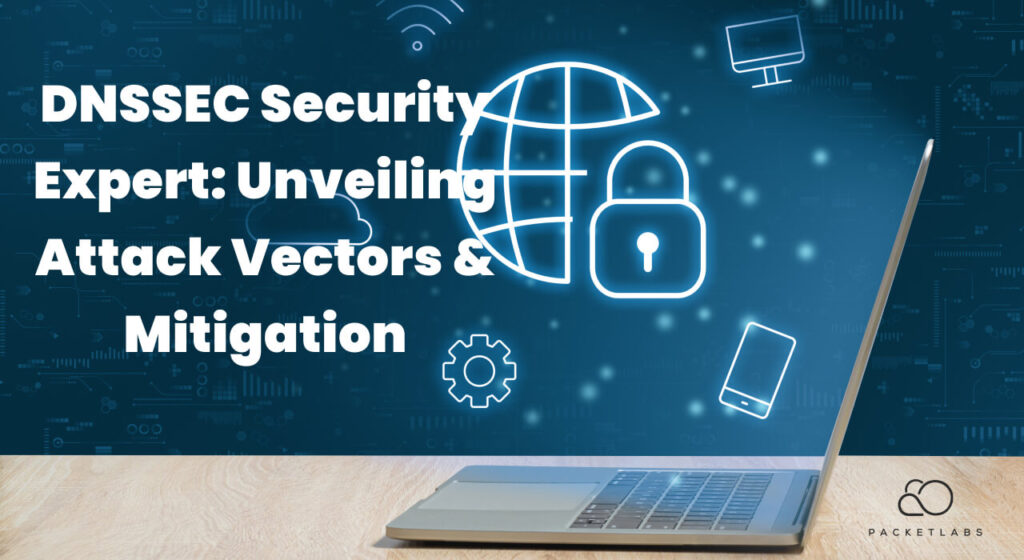
Introduction to DNSSEC
The Domain Name System Security Extensions (DNSSEC) play a pivotal role in enhancing the security framework of the Domain Name System (DNS), the protocol that translates human-friendly domain names into IP addresses. Given the critical function of DNS in the internet’s infrastructure, its original lack of robust security mechanisms left it vulnerable to various cyber threats. DNSSEC addresses these vulnerabilities by offering a means of authenticating and verifying the integrity of DNS data, thereby bolstering the trust users place in the responses received from DNS servers.
The Importance of DNSSEC
DNSSEC introduces public key cryptography into the DNS infrastructure, allowing for the digital signing of DNS records. This process ensures the authenticity of these records, creating a “chain of trust” from the top-level domains (TLDs) down to individual domain names. By validating DNS responses, clients can ascertain that the information has not been altered or manipulated by malicious entities, significantly reducing the risk of domain hijacking, cache poisoning, and other malevolent activities
Adoption and Challenges
The significance of DNSSEC has grown alongside the internet’s ubiquity in daily life, with a corresponding increase in the potential risks associated with DNS attacks. Although its deployment enhances DNS security, it introduces challenges such as key management, zone signing, and resolver support, which require careful consideration for effective implementation.
How DNSSEC Works
DNSSEC augments traditional DNS by integrating cryptographic signatures and keys for the validation of DNS data authenticity and integrity. This involves securing DNS resource records, employing asymmetric key pairs, and managing digital signatures through a systematic process.
Key Components and Processes
1. Resource Records and DNS Hierarchy
DNSSEC secures specific DNS resource records, including DNSKEY, DS, RRSIG, and NSEC/NSEC3, each playing a unique role in the DNSSEC framework.
2. Public/Private Key Pairs
The use of asymmetric key pairs establishes trust and facilitates DNS response validation.
3. Zone Signing and Key Management
Essential for DNSSEC implementation, this process involves generating digital signatures for DNS records and managing key pairs securely.
4. Chain of Trust
A hierarchical chain ensures the authenticity and integrity of DNS data across different levels of the DNS hierarchy.
5. DNSSEC Validation
NS resolvers perform validation checks on DNS responses, using digital signatures and public keys to verify authenticity.
Mitigating DNSSEC Attack Vectors
Despite the security enhancements provided by DNSSEC, it is not impervious to attack vectors. Key compromise, key enumeration, cache poisoning, denial-of-service (DoS) attacks, and social engineering are among the potential threats. Mitigation strategies include robust key management, secure key storage, diligent monitoring of DNSSEC operations, and implementing DNSSEC validation correctly.
DNSSEC Vulnerabilities and Countermeasures
Key management vulnerabilities, the compromise of private keys, and susceptibility to DoS attacks highlight the need for comprehensive security measures. Protecting private keys, employing network defenses, ensuring DNS resolver support, and addressing misconfiguration are critical to safeguarding DNSSEC integrity.
Overcoming Deployment Challenges
The complexity of DNSSEC implementation, key management and rollover, DNS infrastructure compatibility, and the potential performance impact pose significant challenges. Strategies for addressing these challenges include thorough planning, resource allocation, infrastructure testing, and promoting DNSSEC adoption to ensure a secure and resilient DNS infrastructure.
Real-World Impact and Case Studies
Case studies, such as the DNSSEC implementation by Sweden’s .SE registry, the root zone deployment by ICANN, and the U.S. government’s .gov domain security initiative, illustrate the practical benefits and challenges of DNSSEC. These examples demonstrate the effectiveness of DNSSEC in enhancing DNS security, underscoring the importance of widespread adoption and continuous improvement.
DNSSEC represents a crucial advancement in securing the DNS ecosystem against various cyber threats. While it introduces certain challenges, the benefits of implementing DNSSEC, including the protection against DNS-related attacks and the assurance of data integrity, are undeniable. Understanding potential attack vectors and adopting appropriate mitigation strategies are essential for organizations to enhance the security of their DNS infrastructure. Through effective deployment and management, DNSSEC plays a vital role in maintaining the integrity, authenticity, and trustworthiness of the DNS system, ensuring a safer internet for all users.

